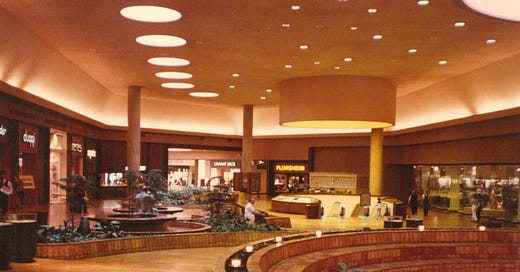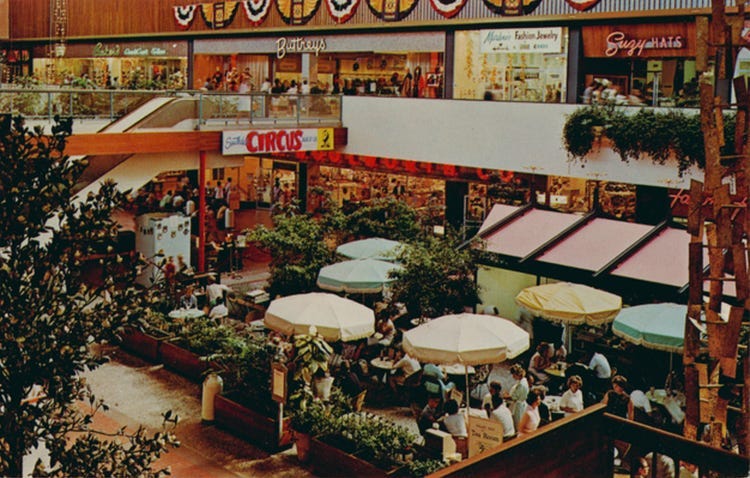(Trash)Panic! At the Mall!
a shopping mall (personal-ish) history, thoughts on the state of retail plus a round-up of vintage and secondhand finds that are better than current fast fashion new arrivals
Happy Thursday, friends!
This week’s newsletter is a long one, so buckle up and be prepared to view the entire email in your browser or Substack app. I promise there is a treasure trove of goodies at the end as your reward for making it through all 2,000 words 😬
Thank you for reading!
Keep reading with a 7-day free trial
Subscribe to Trash Panic to keep reading this post and get 7 days of free access to the full post archives.





